40 Amazing Facts About Education in India
Did you know that the world’s largest school is in India? Or that education is still considered a luxury in some Indian regions?
Discover everything through these 40 amazing facts about education in India! 🇮🇳 🎓
The Best Facts About School in India
India is a large country located in Asia. Its heritage and history are unique, and its capital city is New Delhi, which has a bit more than 250,000 inhabitants (but 26,454,000 if you count the metropolitan area!).
An interesting part of the country that I wanted to tackle is its education. In light of that, I have listed my 40 best facts about the school system in India, and I hope you will love them:
1. India has the second-largest school system in the world
Because India is the second most populated country in the world, it is a good thing that it also has the second-largest school system on the planet.
Indeed, it would have been a disaster if nearly 1.4 billion Indians were facing severe school shortages.
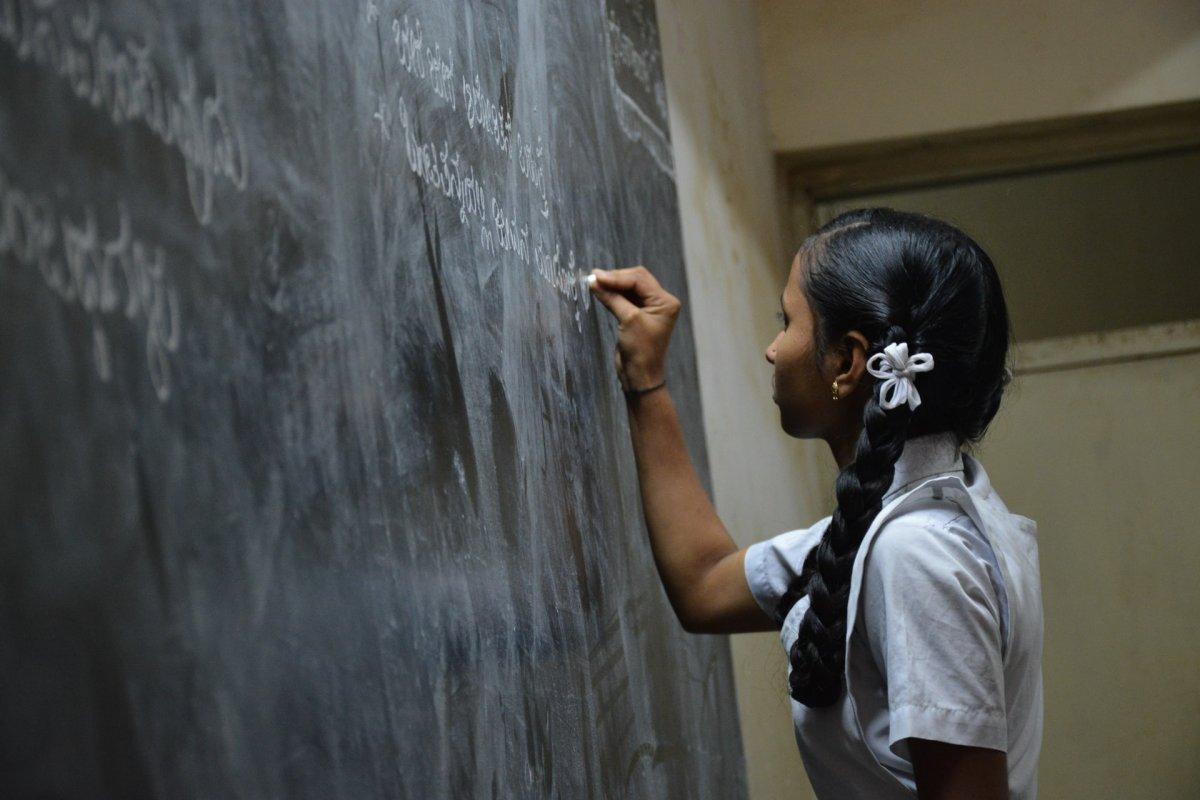
2. There is a lack of participation in Indian schools
Even though the education system in India is the second-largest one in the world, and millions of students are enrolled, there is still a gap in participation rates.
This is particularly true for marginalized populations, like lower castes, minorities, and most importantly rural regions.
3. Education is free and compulsory for children aged 6 to 14 in India
When it comes to education, children in India have no choice but to go to school from age 6 to 14. This was introduced through the “Right to Education Act”, voted by the Indian Parliament in August 2009.
Since then, education has been steadily improving.
4. Many metrics drastically improved since the Right to Education Act
This act is very important for the whole population of India.
As a matter of fact, ever since it was introduced, everything has improved in education. For instance, literacy rates have increased in the past few years, and the number of students grew by 5 percent in only 5 years.
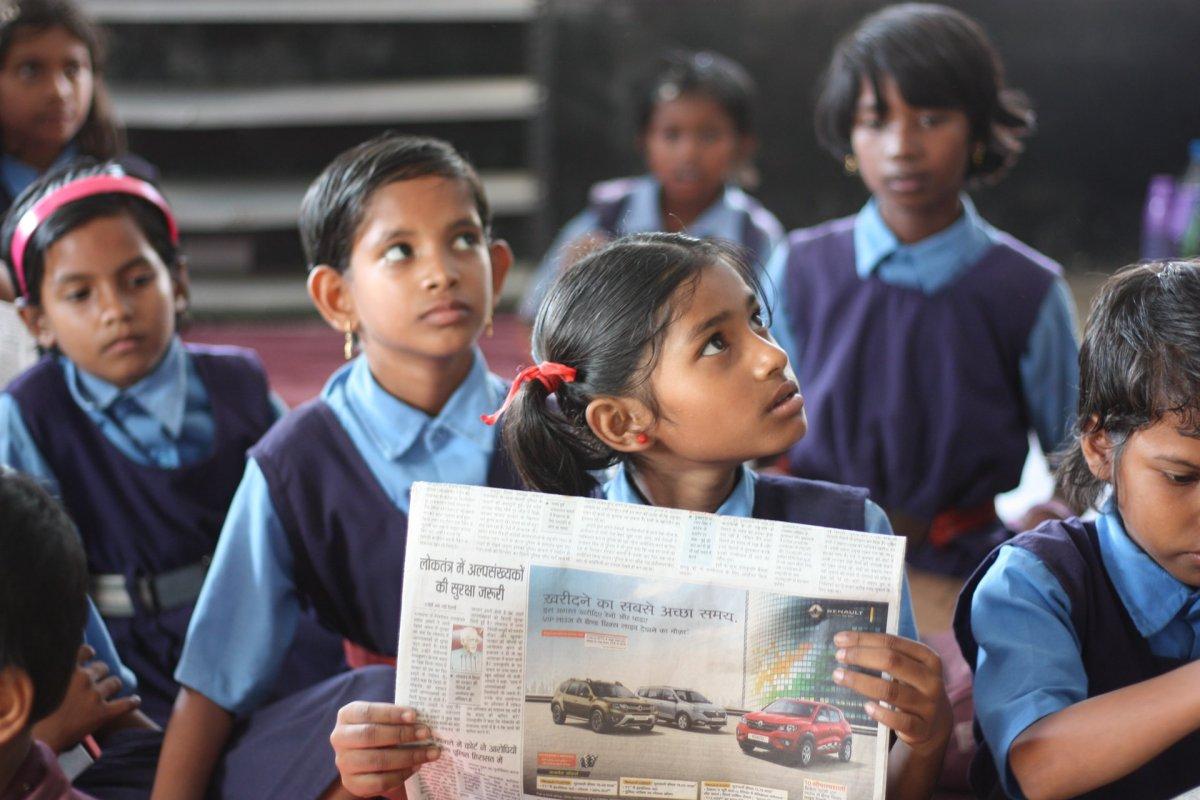
5. Thanks to the improvement of its education, India’s economy has grown a lot
Everyone should know this: education is the pillar for the future of any country.
From 2011 to 2015, India has increased its spending on education by 80 percent. Also, the English language has been used more and more, giving more opportunities to foreign students as well as Indians.
6. Despite improvements, the situation is sometimes critical in Indian schools
While it is true that the Indian education system has only been getting better and better, it is still lackluster in many places like rural areas.
In fact, 1 in 40 primary schools takes place in either tents or open spaces, with underqualified teachers.
7. Funds dedicated to Indian schools in rural areas are still insufficient
As I said earlier, the Indian government increased its spending on education by 80 percent… but rural areas still suffer.
Because funds are insufficient, children have little to no common resources such as pens and paper. And yes, some of them learn in open spaces.
8. Teachers in rural Indian schools are unqualified because of the qualification requirements
The main issue with teachers being underqualified or even unqualified in Indian rural areas is the qualification requirements. These are too low, and often overlooked.
This problem hugely impacts India as a whole, and it absolutely needs to be solved quickly.
9. Many out-of-school children in India are girls
The majority of out-of-school children in India are girls.
Most of them have to help their poor families on the farms. This is why it is quite easy to see children working in rural areas, so they simply cannot go to school.
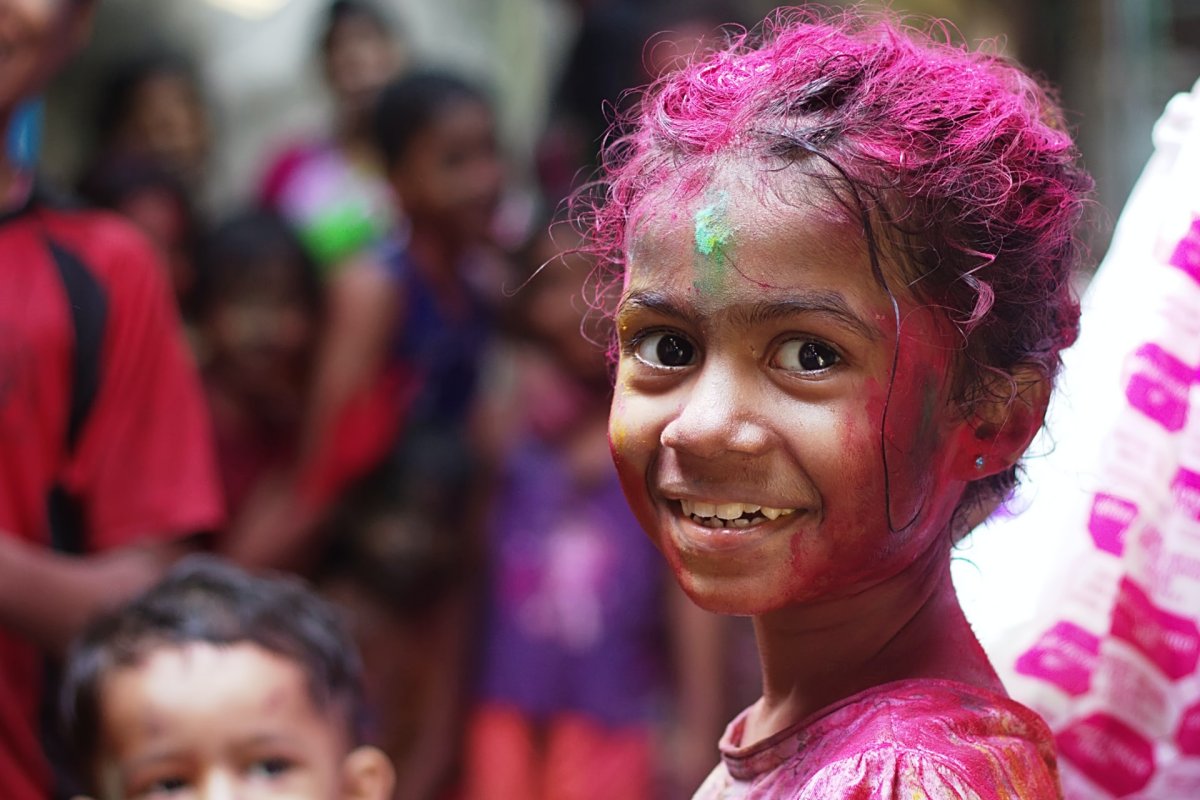
10. Parents themselves force their girls out of school
Another reason why so many girls are out of school in India is because their own parents often force them to drop out.
They need them at home to help them out, and some of them even resist sending their girls to school.
11. The Right to Education Act helped Indian girls a lot
Indian girls can be thankful for the Right to Education Act. Because of it, a lot of progress has been made in keeping them in school.
From 2006 to 2018, the percentage of out-of-school girls dropped from 10.3 percent to 4.1 percent.
12. Indian girls were facing poor conditions in school
Maybe another reason for Indian girls to skip school is their own comfort and safety.
Thanks to the Act though, the number of girls’ toilets has doubled, and many school grounds were walled (this was a major safety concern for girls’ attendance).
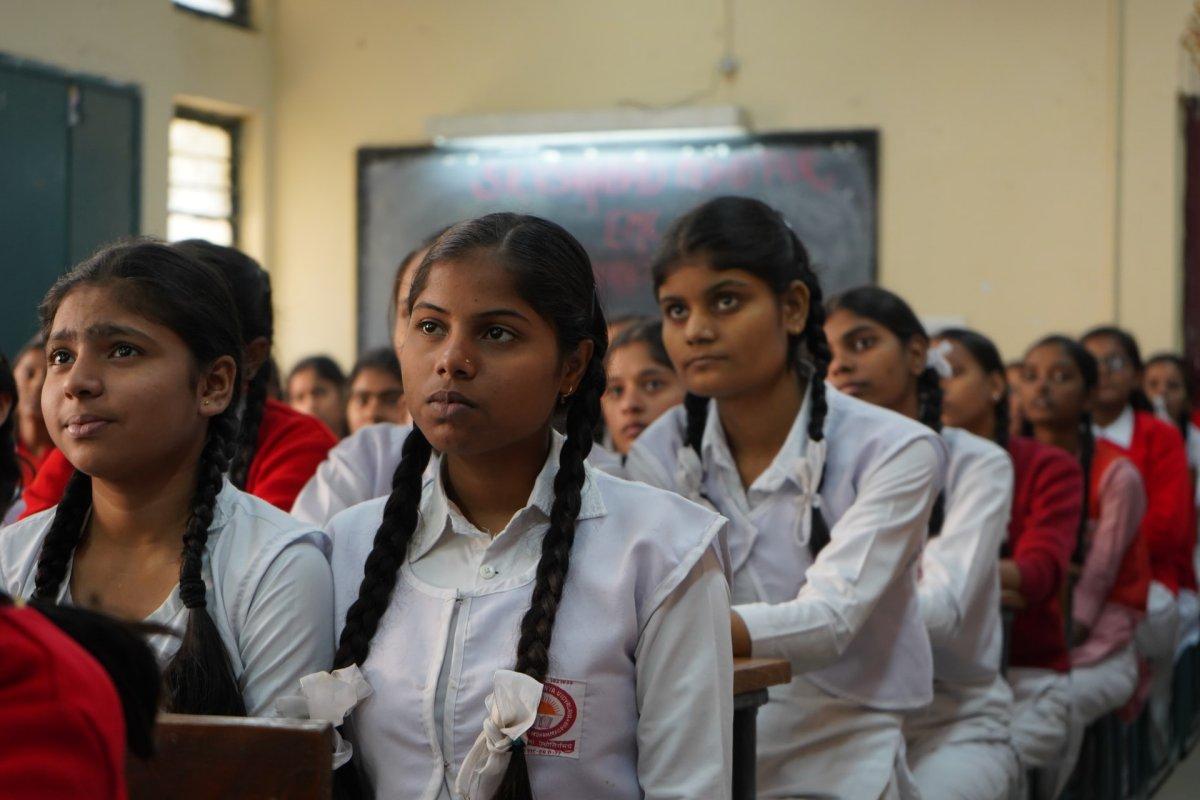
13. Preschool is widely underfunded in India
Preschool is generally ignored in India, whether it is by Indians, or by the Indian government.
Not many children attend preschool, and it is not mandatory. The government itself does not prioritize preschool at all, and preschool, for children aged under 6, is largely underfunded.
14. Because there are so many poor Indian people, many children drop out of school
More than a fifth of India’s population lives under the official poverty line.
And while that does not seem related at all, it is a huge reason for children to drop out of school. With a very poor family, they are primarily concerned with helping them survive.
15. Many poor Indian people are convinced education is a luxury
Mindsets in rural areas are yet another reason for children to not attend school.
Indeed, most impoverished Indians will tell you that education is a luxury that they just cannot afford: not only in terms of money but also in terms of time!
16. Rural mindsets could be changed by the Indian government
This is a long and tedious work, but the Indian government could technically help the rural areas of the country.
If it decided to allocate more money to impoverished areas of the countries, children could attend school, and maybe even help their parents on top of that, if need be.
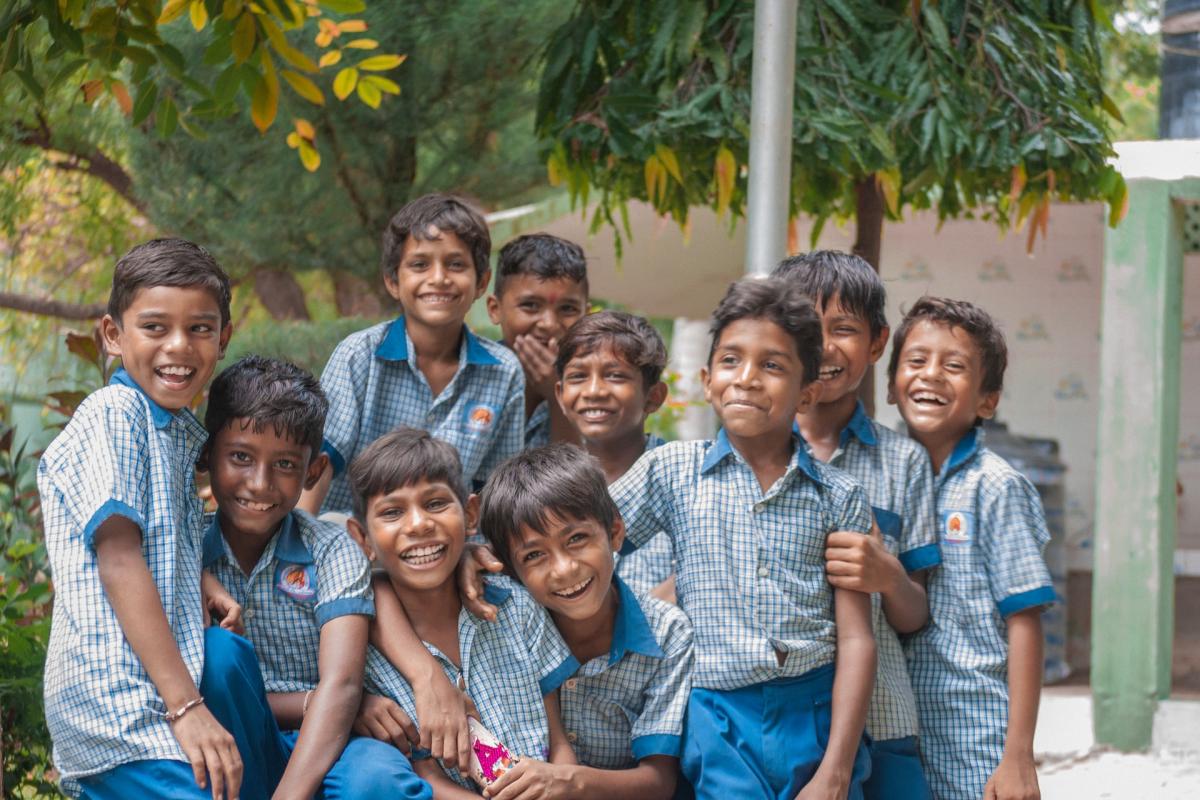
17. The Indian government trusts its students
Students are the near future of the country.
Because of this, the Finance Minister of India recently announced a 4.9 percent increase in the education budget. More precisely, it is setting up world-class education institutions in India, and it invested $58 million to do so.
18. Higher education is vastly privileged in India
While preschool and rural areas are largely underfunded in India, the government tends to put emphasis on higher education.
30 percent of the budget is allocated toward higher education, and the government wants to transform the country’s higher education into one of the best in the world.
19. Despite everything, the Indian government still thinks about its rural areas
Even if Indian rural areas face lots of problems when it comes to education, the government still plans on increasing the spendings for rural areas.
$5.7 billion will be allocated toward recruiting teachers and building rural educational infrastructures in the near future.
20. Another issue for school attendance in India is travel time
Because of how isolated some villages are in India, going to school can be a real struggle for these kids.
For that, the Indian government launched “Samagra Shiksha”, which plans on extending support to everyone, from preschool to senior level.
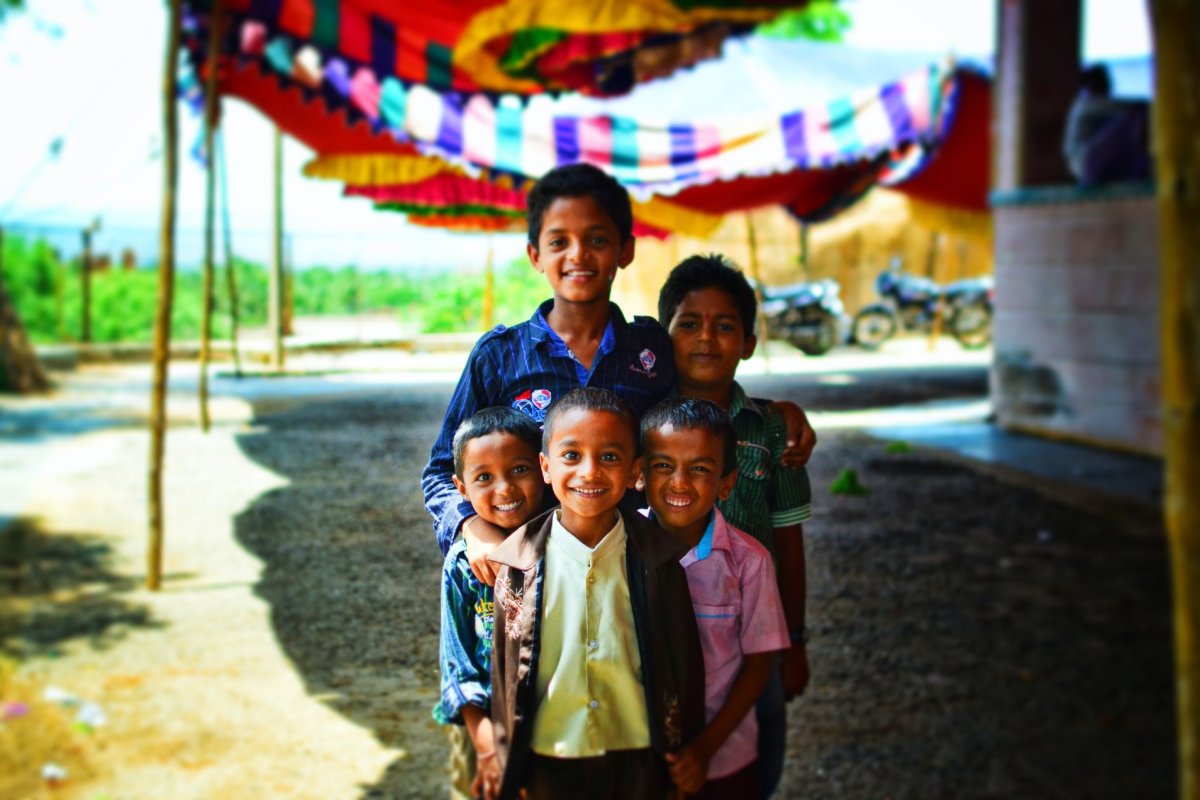
And there you go for the first 20 India education facts. But wait, there’s more, there are just too many interesting things I need to tell you about, so keep reading:
Facts About Indian Schools
There are so many things to say about India education system that I just could not stop after only 20 facts.
I have 20 other ones for you, starting with 10 facts about Indian schools:
21. There are 22 universities named after Gandhi in India
Mahatma Gandhi was a major Indian figure of the 20th century. He played a major role in the independence of the country.
There are 22 universities named after “Gandhi” in India… but only 8 of them are dedicated to Mahatma! Other important Indian figures named Gandhi, such as Rajiv Gandhi or Indira Gandhi have universities named after them.
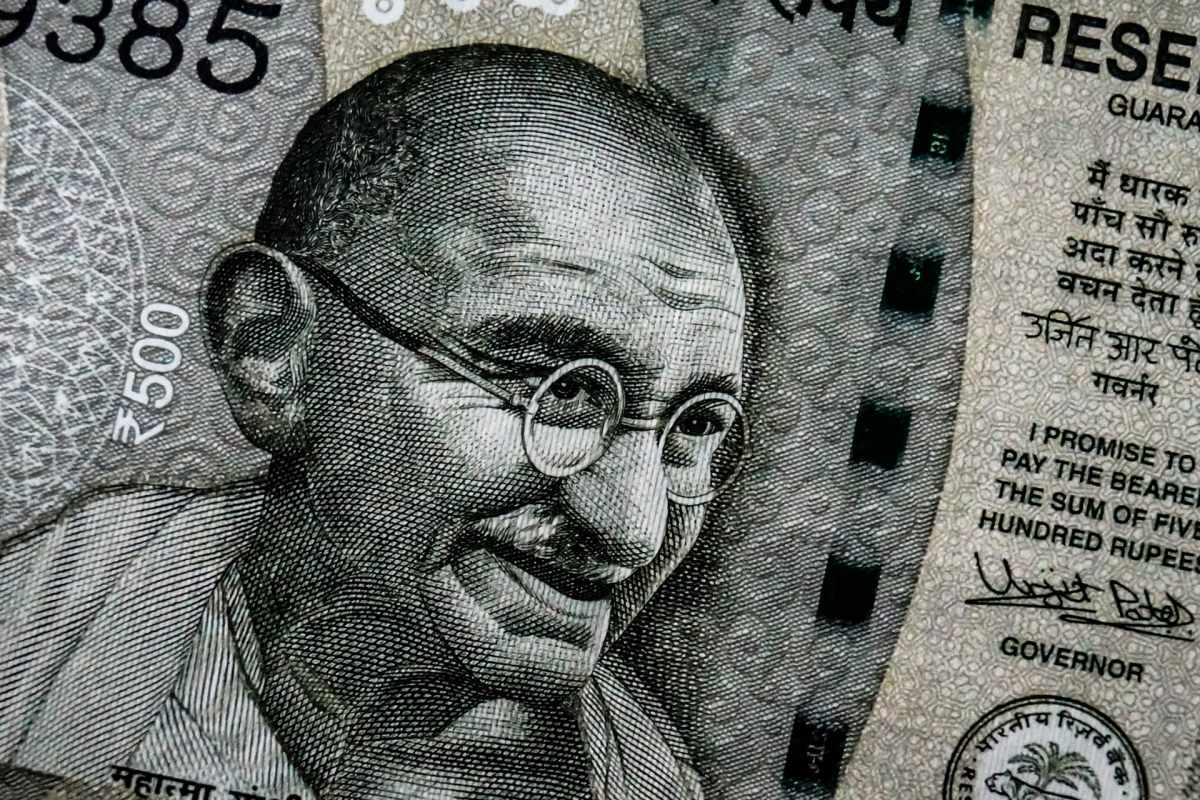
22. The largest school in the world is located in India
The world’s largest school is “City Montessori School”. It is located in Lucknow, India, and it is a co-education private school.
When it comes to this school, more than 55,000 students and 4,500 staff work in 18 different campuses. It was even awarded the 2002 UNESCO Prize for Peace Education.
23. In many villages around India, there is a lack of teachers
Unfortunately, many rural areas suffer from a lack of teachers in India.
Sometimes, a single teacher is even forced to run an entire school! On top of that, there are corrupted teachers who earn a salary without even working and teaching their students.
24. Lots of average Indian students cannot go to good colleges
Average students suffer a lot from the liberal marking system in India.
Because of it, admissions into several reputed colleges are very hard to get. That is due to some educational boards laying too much emphasis on marks.
25. Kerala became the first state in India with 100 percent primary education
It was only in 2016 that an Indian state, Kerala, achieved 100 percent primary education.
It used a literacy program named “Athulyam”, which was launched by the government, to do so. This is great news for the country, as it means governmental reforms could work, and other states could be inspired by Kerala’s success.
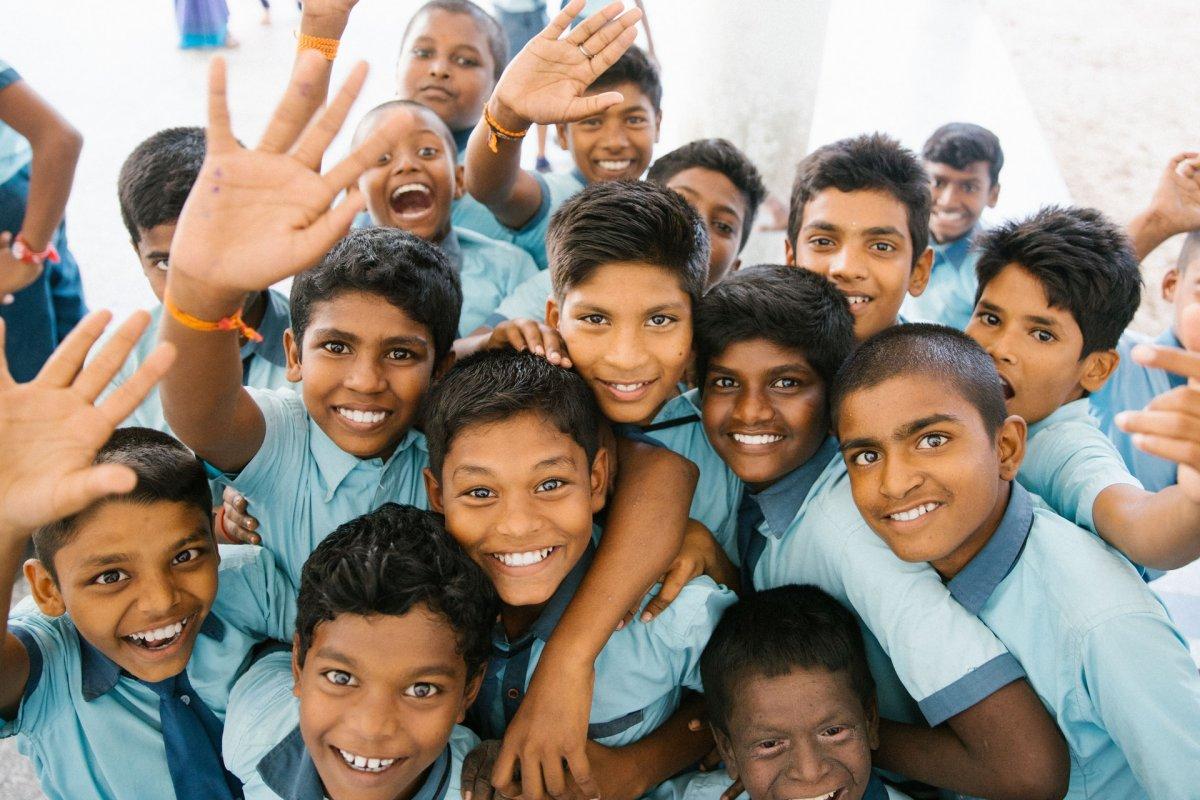
26. The majority of Indian schools are either public or governmental
The majority of schools in India are public, or governmental. The rest of them are private schools, run and owned by either individuals or entire firms.
In urban areas, private schools are on the rise though, and over a quarter of students in cities choose them nowadays.
27. Private schools are more reputed in India
If you ask Indian people what they think about their school system, they will almost always consider private schools as being way more efficient than public schools.
Why? Because private schools’ equipment is simply better, and there is an amazing teacher-to-student ratio.
28. There are many problems in northern Indian schools
The part that suffers most from education issues is northern India.
There, the standard of school education is extremely poor, and some days, there are not even any school sessions! This is yet another issue that the government needs to address as soon as possible.
29. Education budget is mainly used to pay teachers, and not on materials
A great reason for schools being underfunded in rural areas is that even when they are, they dedicate around 95 percent of their budget to pay their teachers.
In some states, less than 1 percent of the budget is used for materials or schools.

30. Girls barely attend school in India
Sadly, millions and millions of girls leave school very early, and their hopes and dreams are rapidly ended.
In fact, only 1 in 4 Indian girls remain in school long enough to complete class 10. Definitely a big issue for the future of the country.
And there you go for the 10 facts about schools in India. Don’t go anywhere though, for I still have 10 more facts to tell you about:
More Education in India Facts
There are so many things to say about the education system of India that I just could not stop after only 30 facts.
Here, have 10 more education in India facts:
31. India is going to be a globally huge education hub in the near future
Many experts predict India to become a major education hub in the near future.
But even now, tons of foreign students come to India every year to attend great higher education institutions. Their main fields are commerce, industry, and profession.
32. India counts the biggest amount of illiterates in the world
Sadly, there are 268 million illiterate people in India. This means they are almost a third of the world’s total number of illiterates!
This is a huge issue, as these people not only cannot read or write, but they also cannot make a reasoned decision.
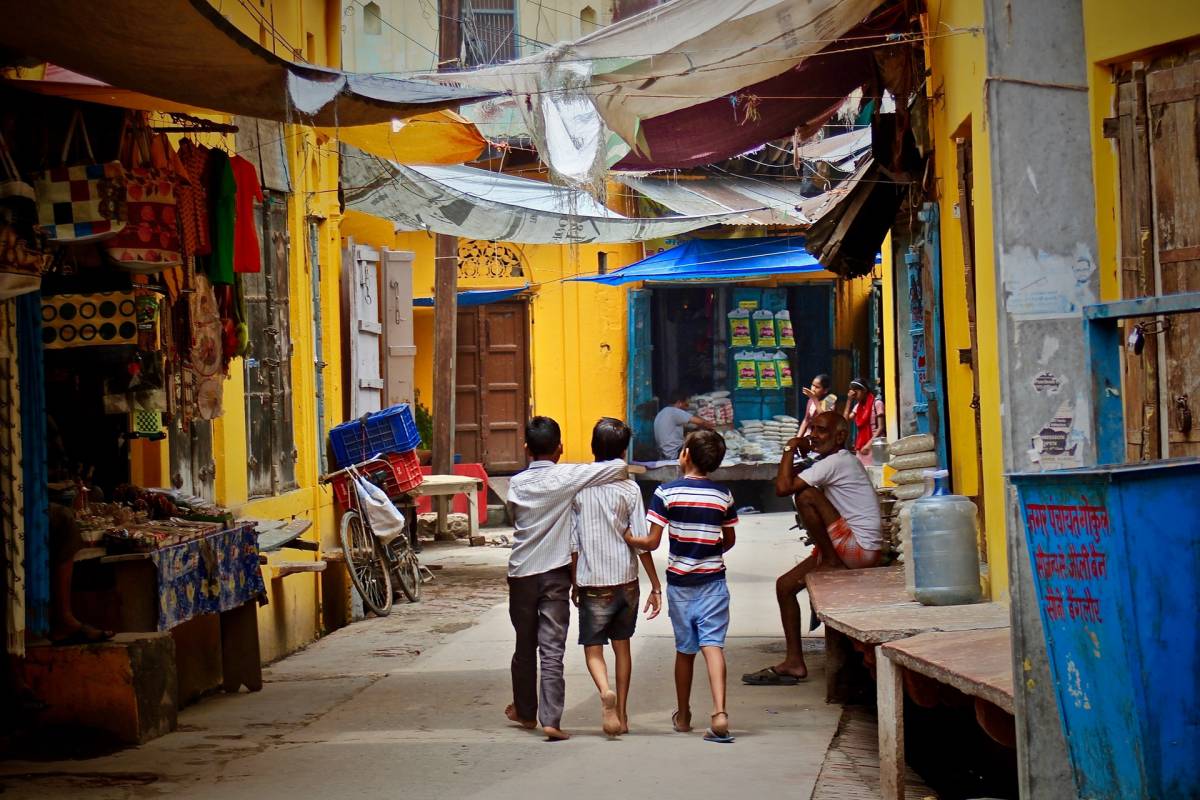
33. The Indian government doesn’t spend enough money on the education of the country
Despite all recent efforts and the rising government spendings on education, only 3.3 percent of India’s GDP is dedicated to education.
This becomes even more problematic when you compare it to the average GDP spendings on education in developed countries: 5.8 percent!
34. There are almost 1,000 universities and around 40,000 colleges in India
India’s higher education institutions are incredibly numerous.
This is obviously relative, because of how populated the country is, but having around 40,000 colleges is still quite impressive. On top of that, there is a maximum of 50 percent of seats dedicated to disadvantaged groups.
35. There are two types of educational institutions in India
Education in India is divided into two parts: recognized and unrecognized institutions.
The first ones are basically every institution following courses prescribed by the government that is open for inspection by local authorities. Any other institution not respecting these conditions is considered unrecognized.
36. Several private schools in India follow the British public school model
There are lots of private schools in India… carrying the appellation “Public”!
“Delhi Public Schools” and “Frank Anthony Public Schools” are actually both private schools, following the British public school model. These schools are old, expensive, independent, and exclusive fee-paying.
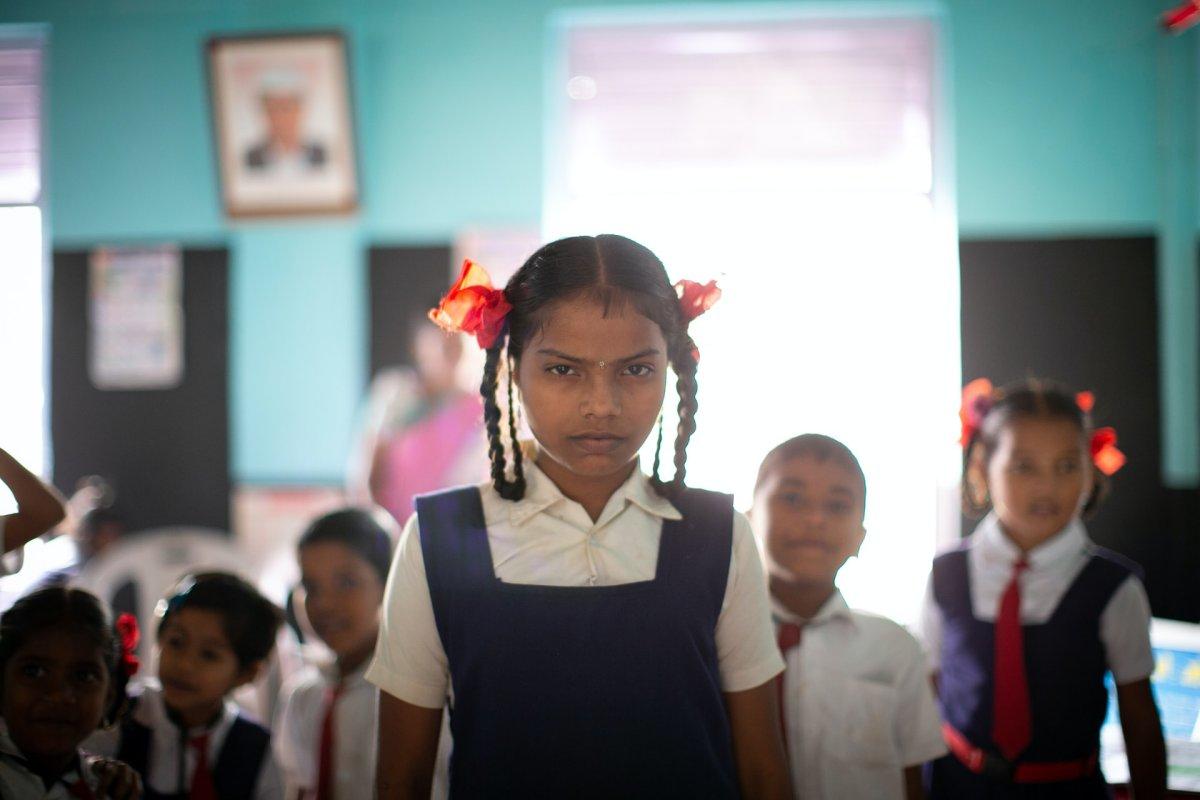
37. There are 469 international schools in India
Even though international schools are considered private schools, they are still a specific category. In fact, there are precisely 469 of them in India.
These schools provide either unique English education in non-English speaking areas or a different curriculum than that of the country, still in English.
38. Home-schooling is legal in India
Even though not many Indian students choose home-schooling as an option, it is still legal.
Home-schooling is a huge debate among educators, and the government thinks parents are free to teach their own children at home if they can and want to.
39. Three Indian universities were part of the world’s top 200 universities
Times Higher Education released a ranking of the world’s top 200 universities, and 3 of them were Indian: Indian Institute of Technology, Indian Institutes of Management, and Jawaharlal Nehru University.
On top of that, 6 of the 20 best science and technology schools in Asia are in India.
40. Facilities are very lackluster in many Indian schools
Another major issue in the Indian education system is the lack of facilities.
For instance, 3.5 percent of Indian schools had no toilet in 2016, and only 68.7 percent had usable toilets! Also, drinking water facilities, separate toilets for girls, and libraries are still far from being present in every school.
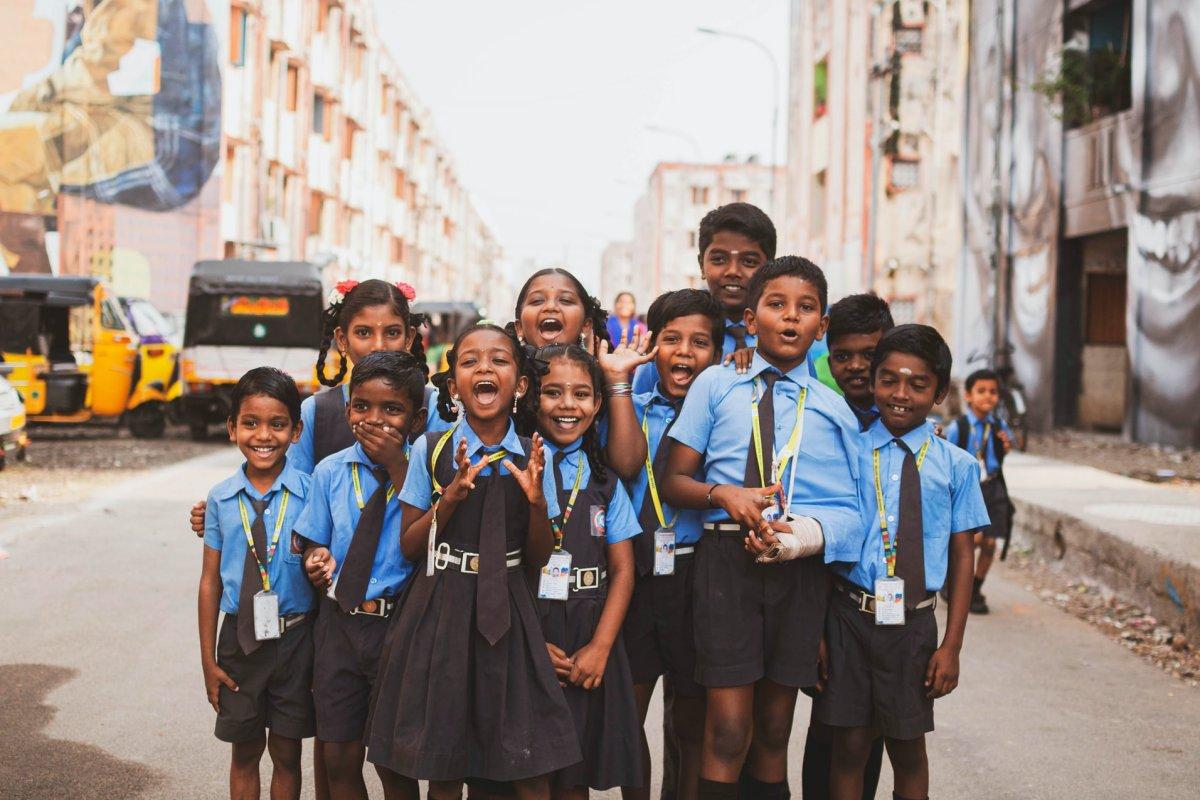
So there you have them, these were all my 40 facts about the Indian school system. I hope you enjoyed them and that you learned something new today.
In case you want to learn more about the rest of the country’s education system, feel free to keep reading, as I still have lots of things to tell you about:
Indian School Hours
Let’s keep going with our next part, dedicated to Indian school hours. The typical school schedule in one country can often be very different from your own, and it’s always interesting to have more details on how students go on about their day.
India Primary School Schedule
Before primary school, there is preschool in India, though it is widely ignored: only 1 percent of the population under age 6 is enrolled in preschool. There are several types of preschools, like playgroups, nurseries, and kindergartens.
When it comes to primary school, it is divided into two parts: Lower Primary (classes I to IV) and Upper Primary (classes V to VIII, equivalent to middle school). Each state has its own rules, so primary school does not last for a precise amount of years in India.
Private schools in India begin at 8:15 AM, and end at around 3 PM in general. For public ones, the day usually starts at 9:30 or 10 AM, before ending at 4 or 4:30 PM.
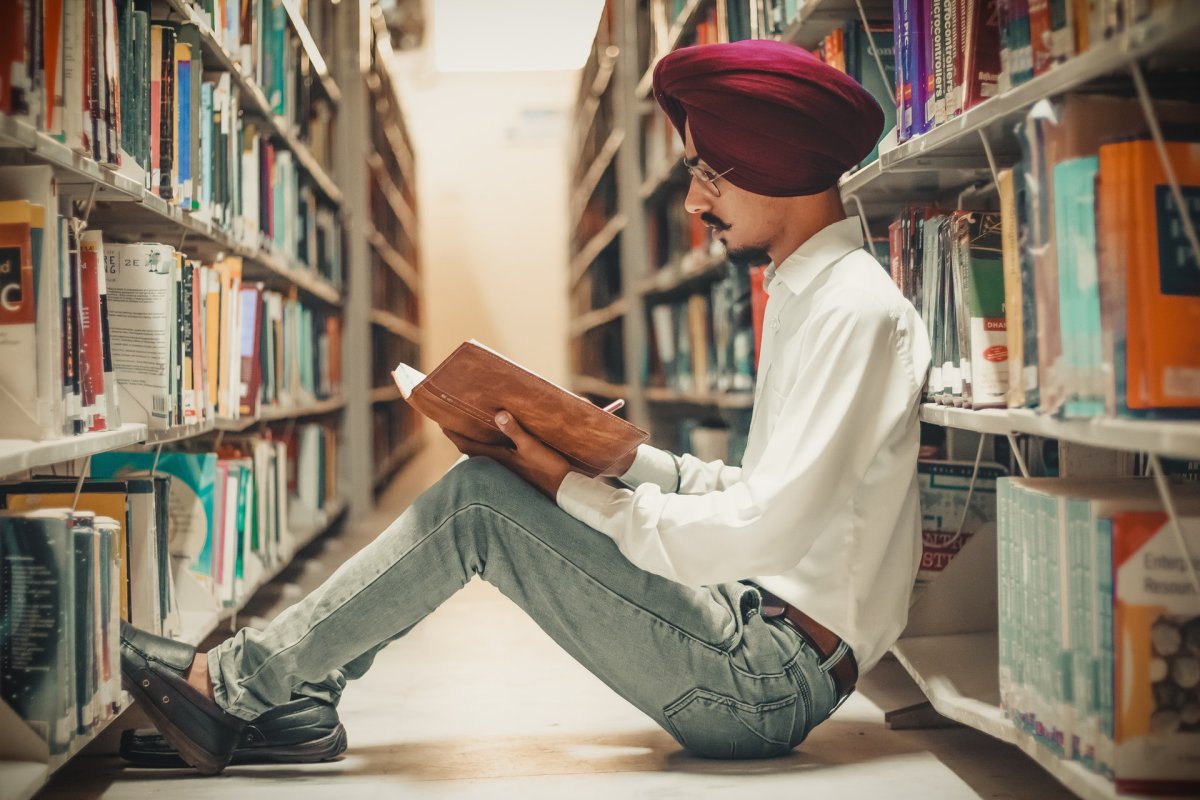
Indian High School Schedule
High school, or secondary education, is for children aged 14 to 18 in India. There are around 88.5 million children enrolled in secondary education.
The final two years of secondary education are called Higher Secondary, Senior Secondary, or the “+2” stage.
After each of the two phases of secondary school, students need to pass an exam to pursue higher education.
General Facts About Schooling in India
This last part is dedicated to general facts about schooling in India. More specifically, we’ll check 2 key figures that will give you a better understanding of the education level in India.
Enrollment in tertiary education for India: 23.89%
(Average for regions: Sub-Saharan Africa: 8.6% | South Asia: 20.8% | Arab States: 36.4% | East Asia: 36.5% | Latin America: 43.3% | Europe and Central Asia: 62% | North America: 84%)
Data from World Bank EdStats/UNESCO
India literacy rate: 72%
(Average for regions: Sub-Saharan Africa: 65.3% | South Asia: 72.9% | Arab States: 79.4% | Latin America: 93.7% | East Asia: 95.8% | Europe and Central Asia: 98.5%)
Data from World Bank EdStats/UNESCO
More Education Facts!
Did you like these facts about Indian education system? Discover more education facts about other countries below:
Or click here to see ALL the education facts up on the blog!
The Full List of 40 Indian School Facts
- India has the second-largest school system in the world
- There is a lack of participation in Indian schools
- Education is free and compulsory for children aged 6 to 14 in India
- Many metrics drastically improved since the Right to Education Act
- Thanks to the improvement of its education, India’s economy has grown a lot
- Despite improvements, the situation is sometimes critical in Indian schools
- Funds dedicated to Indian schools in rural areas are still insufficient
- Teachers in rural Indian schools are unqualified because of the qualification requirements
- Many out-of-school children in India are girls
- Parents themselves force their girls out of school
- The Right to Education Act helped Indian girls a lot
- Indian girls were facing poor conditions in school
- Preschool is widely underfunded in India
- Because there are so many poor Indian people, many children drop out of school
- Many poor Indian people are convinced education is a luxury
- Rural mindsets could be changed by the Indian government
- The Indian government trusts its students
- Higher education is vastly privileged in India
- Despite everything, the Indian government still thinks about its rural areas
- Another issue for school attendance in India is travel time
- There are 22 universities named after Gandhi in India
- The largest school in the world is located in India
- In many villages around India, there is a lack of teachers
- Lots of average Indian students cannot go to good colleges
- Kerala became the first state in India with 100 percent primary education
- The majority of Indian schools are either public or governmental
- Private schools are more reputed in India
- There are many problems in northern Indian schools
- Education budget is mainly used to pay teachers, and not on materials
- Girls barely attend school in India
- India is going to be a globally huge education hub in the near future
- India counts the biggest amount of illiterates in the world
- The Indian government doesn’t spend enough money on the education of the country
- There are almost 1,000 universities and around 40,000 colleges in India
- There are two types of educational institutions in India
- Several private schools in India follow the British public school model
- There are 469 international schools in India
- Home-schooling is legal in India
- Three Indian universities were part of the world’s top 200 universities
- Facilities are very lackluster in many Indian schools
Share the knowledge! Click on the buttons below to share these Indian school facts with your friends, and help them learn more about the world 🙂

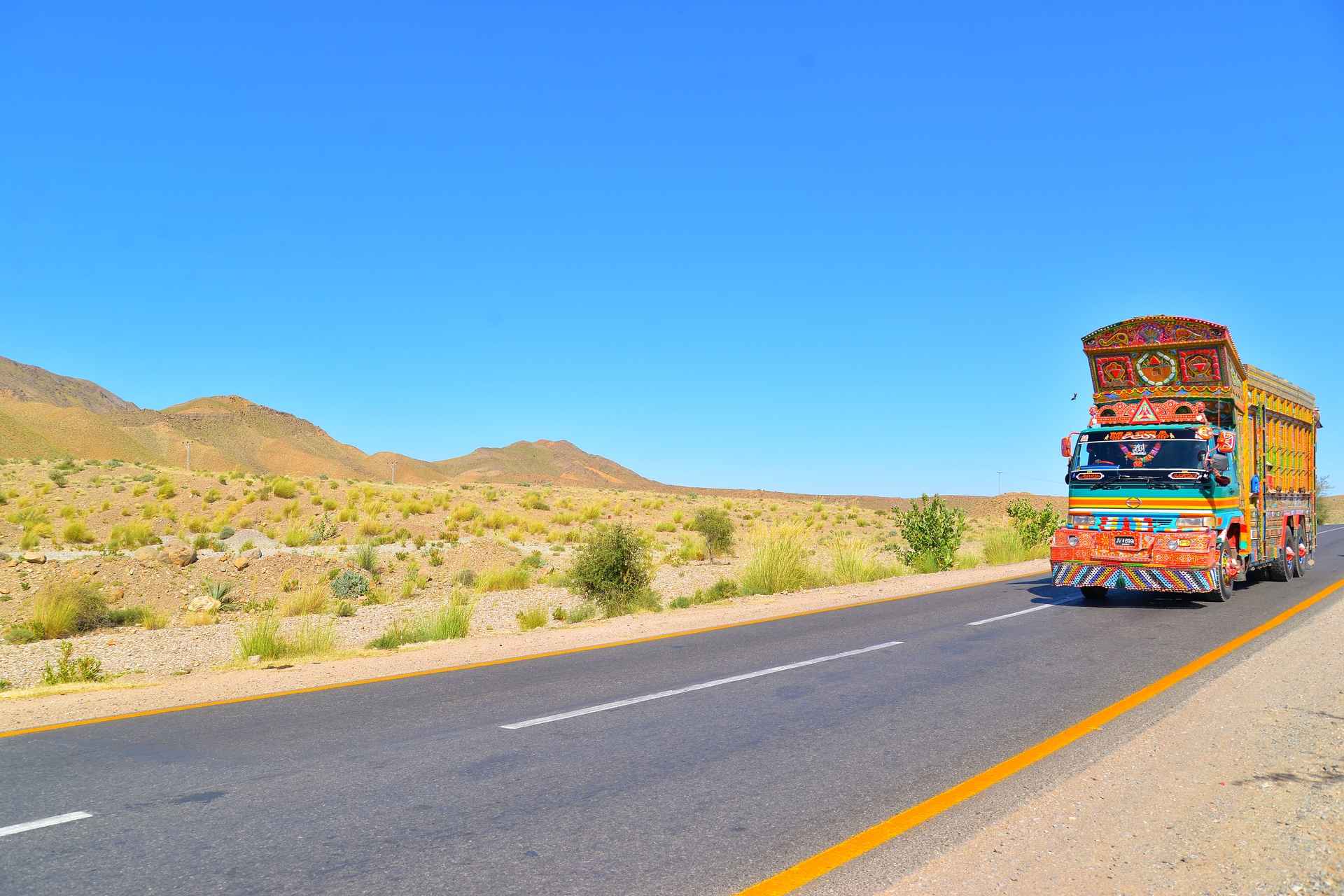

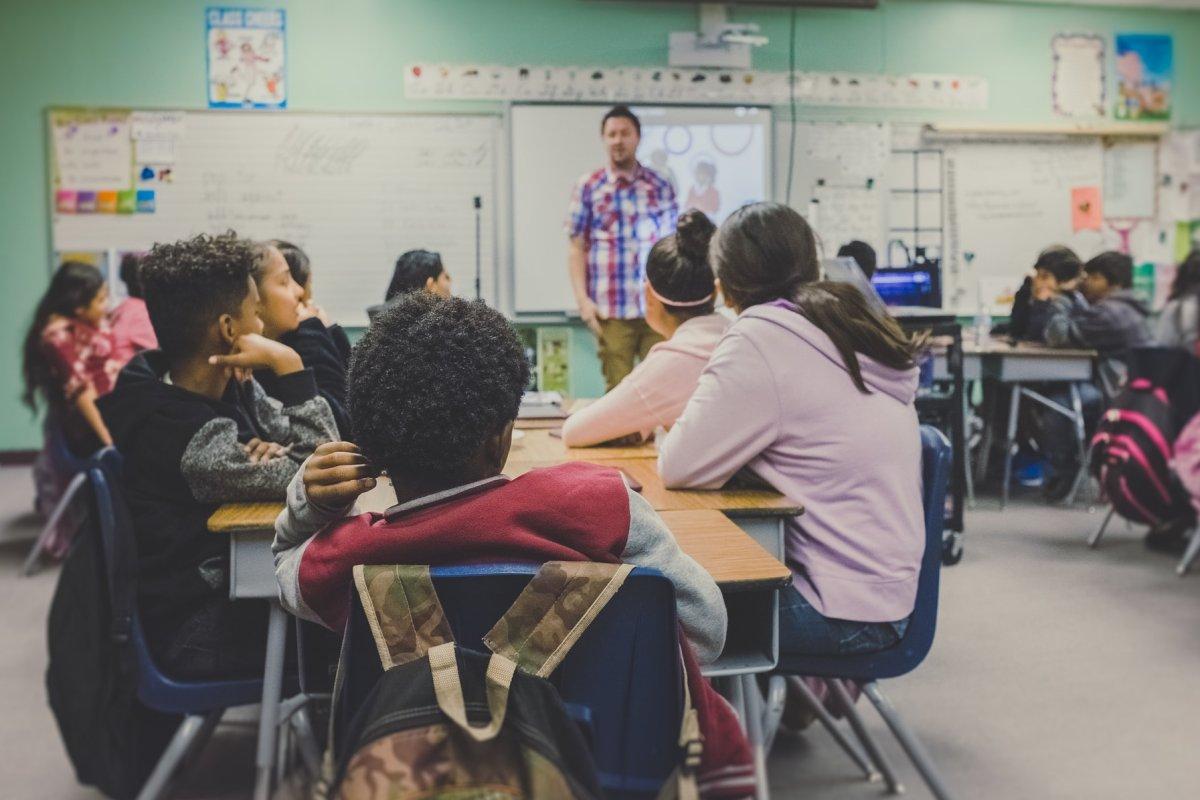
Good work! But it seems you have got few facts wrong. After going through the article, it feels as if the education system in India is one of the worst in the world. There are many good things happening around here. I urge you to visit us again and see for yourself. As most of the things you mentioned are relating to rural villages and towns. Add some facts for cities too. Cheers!